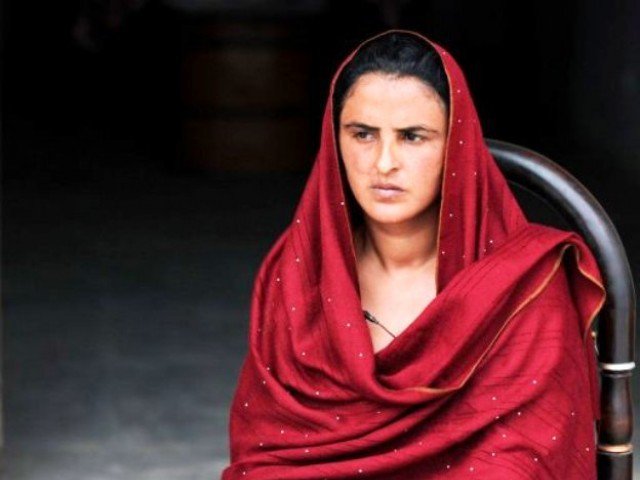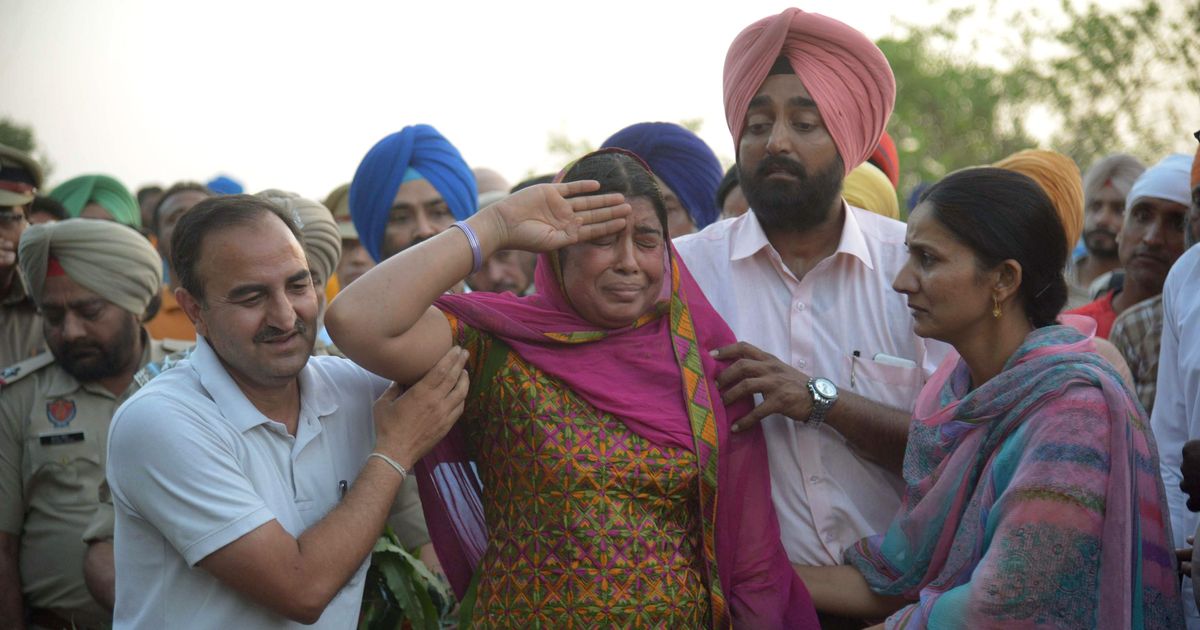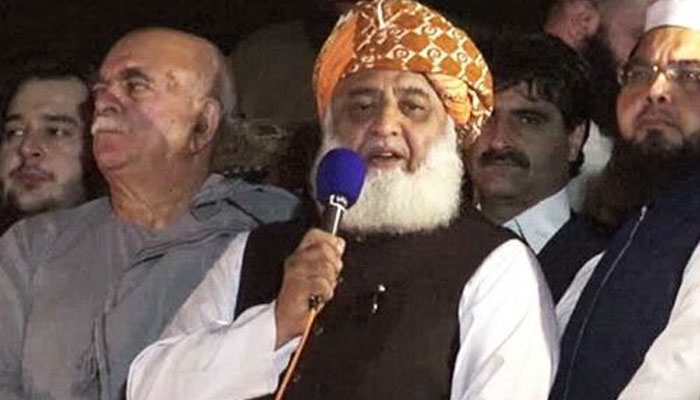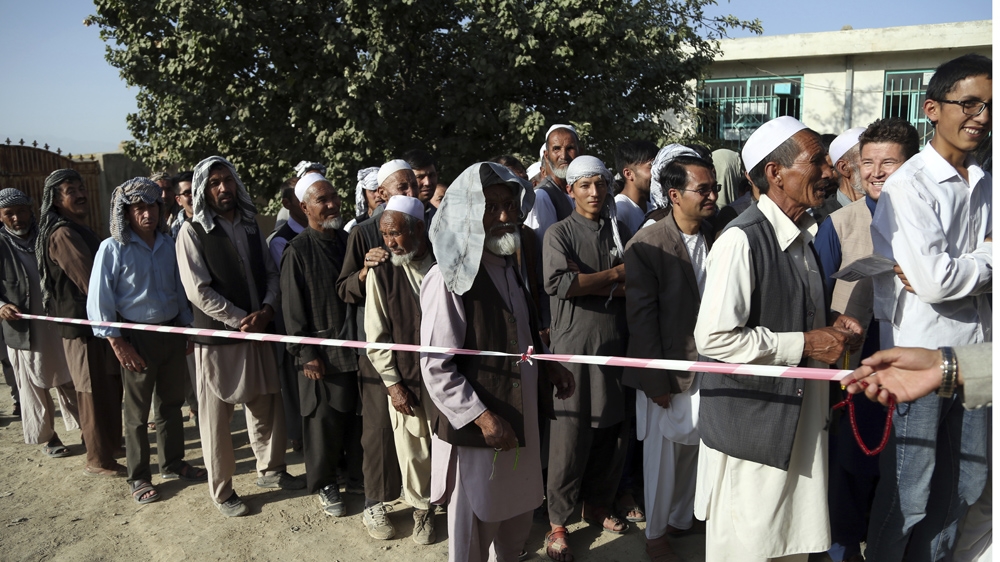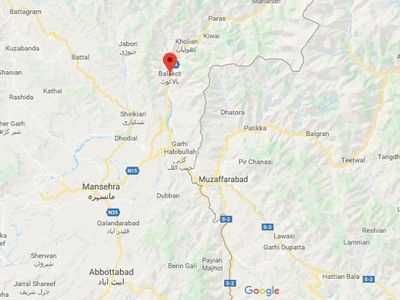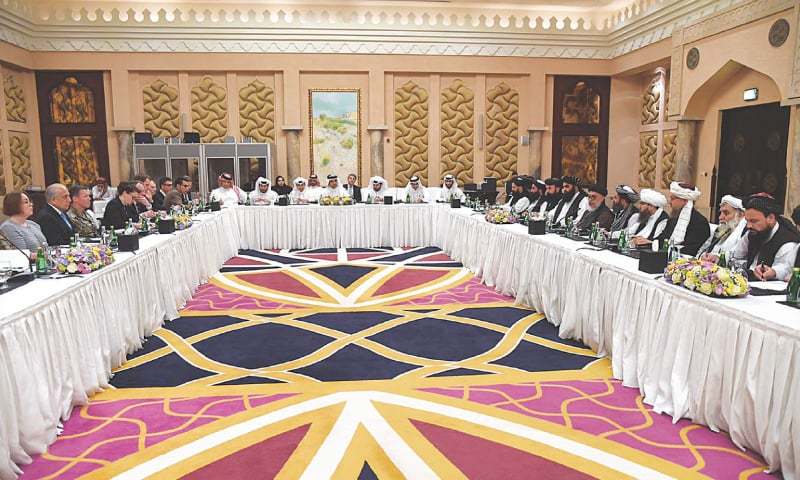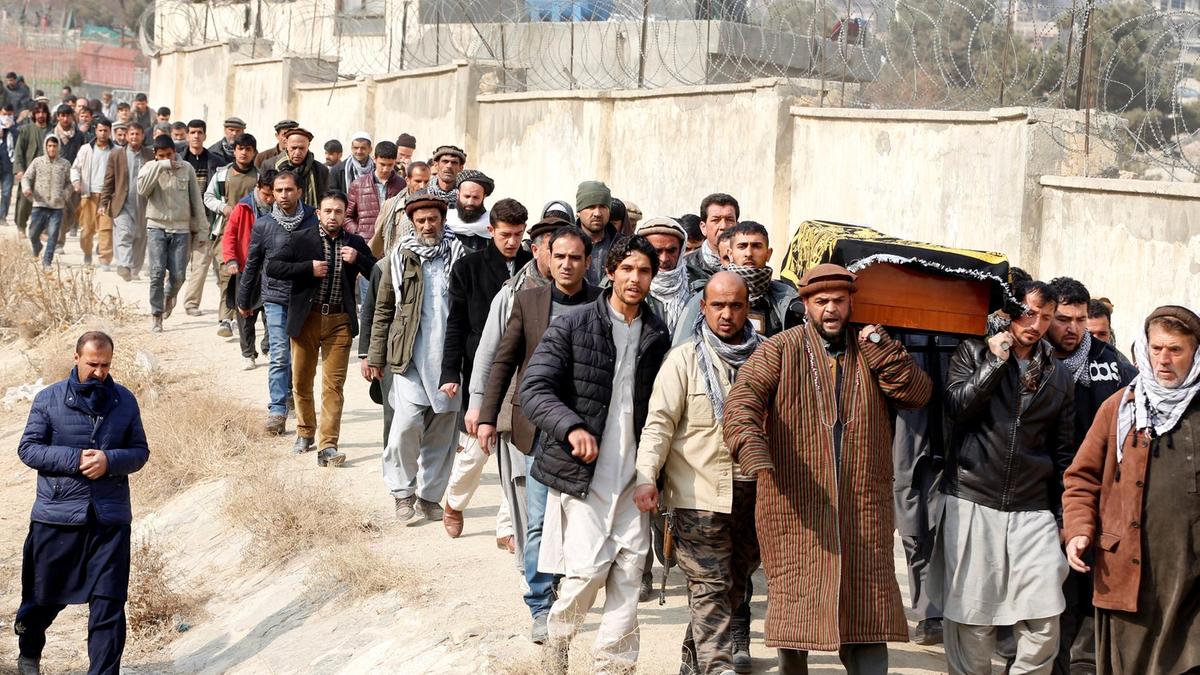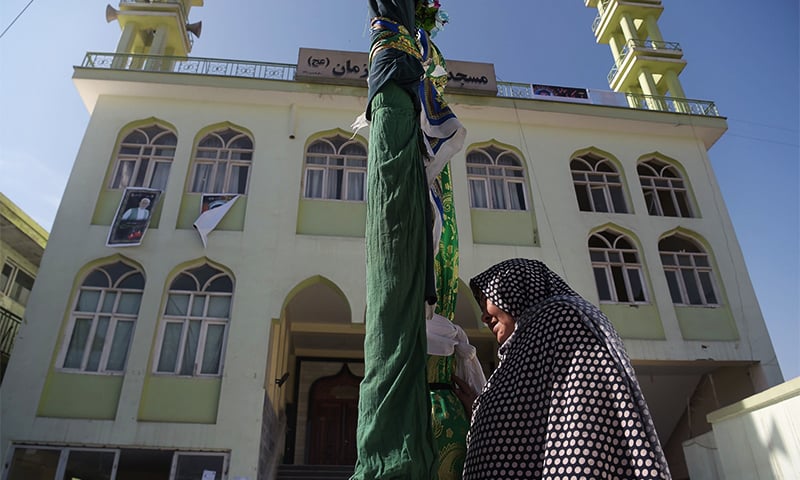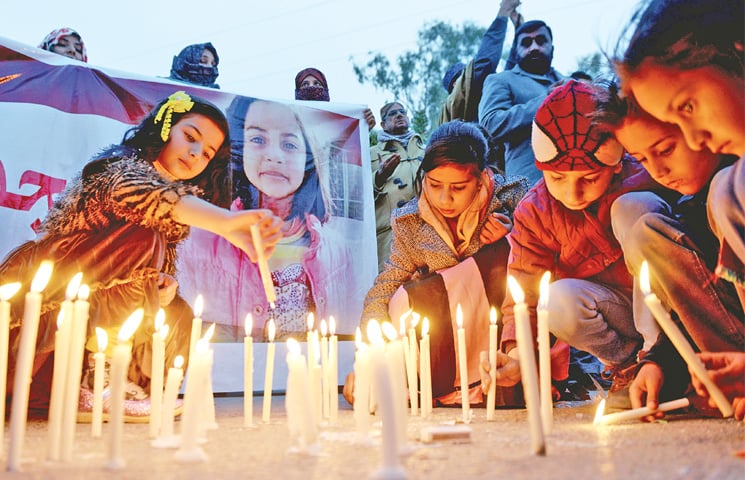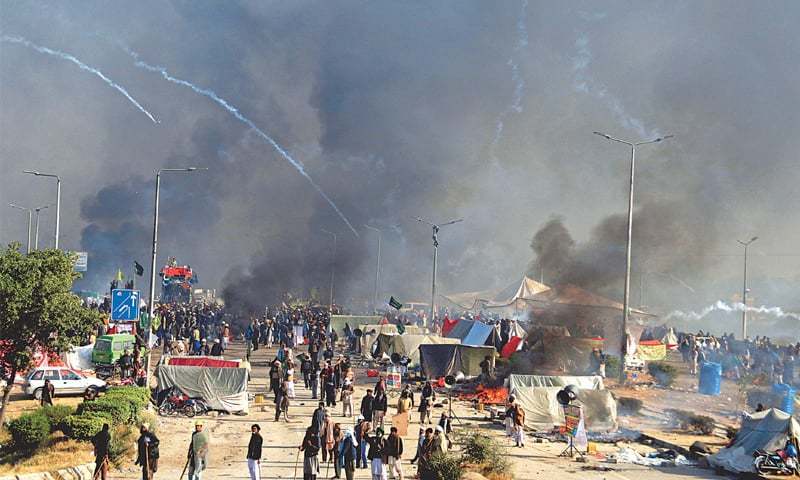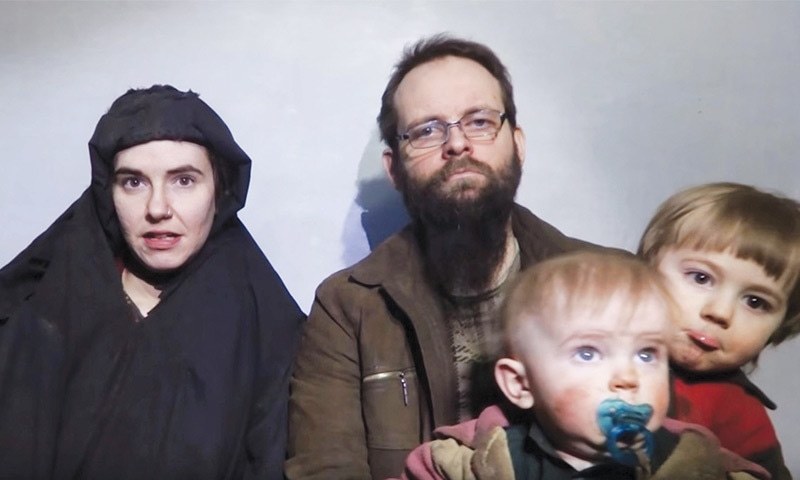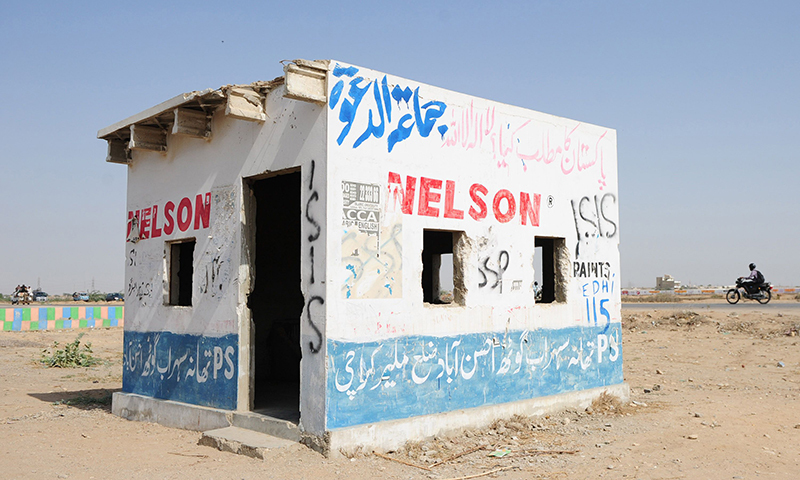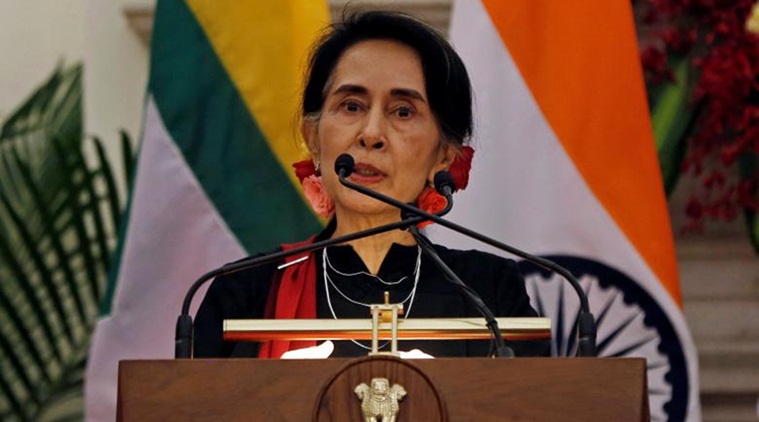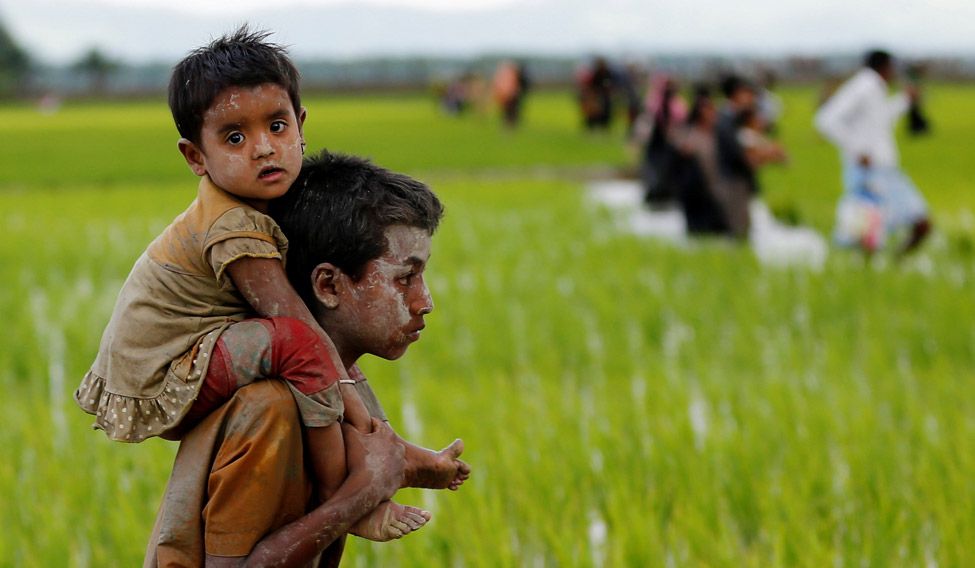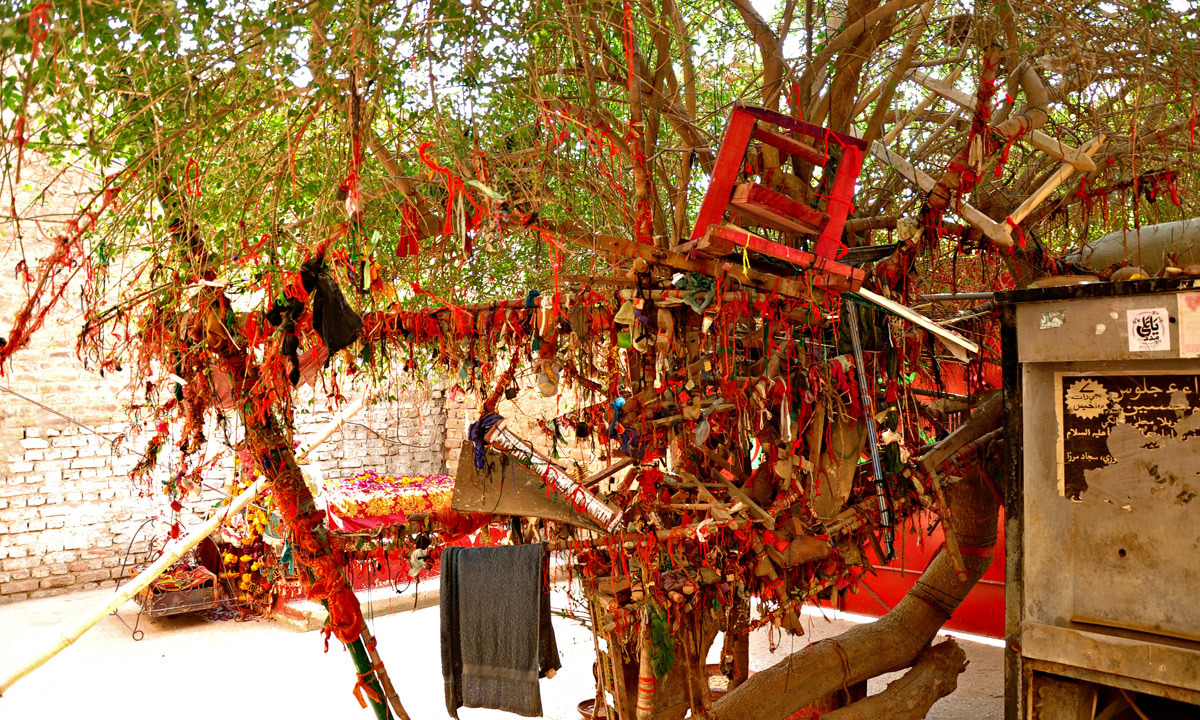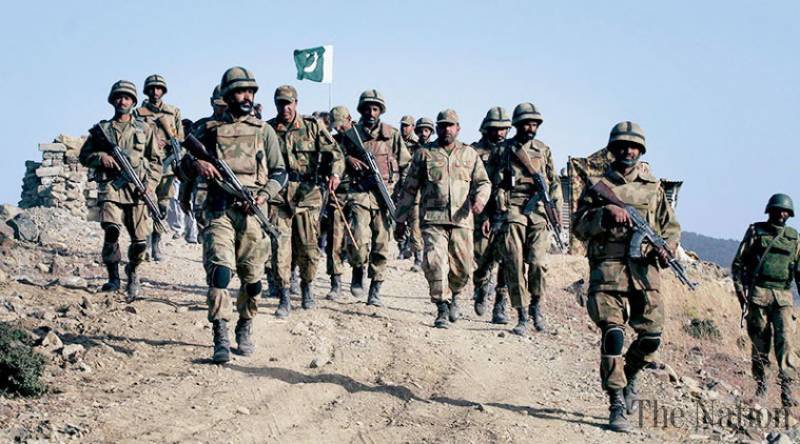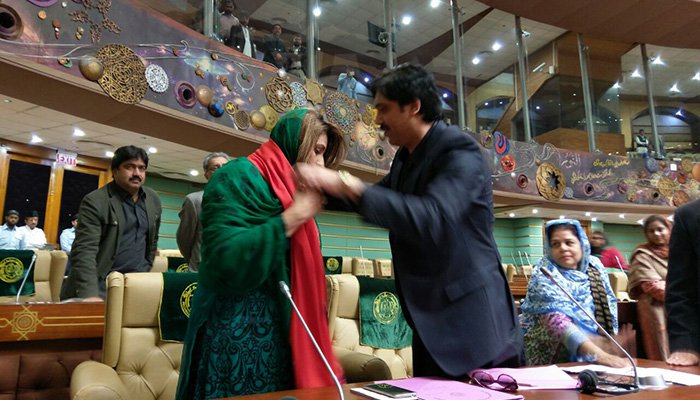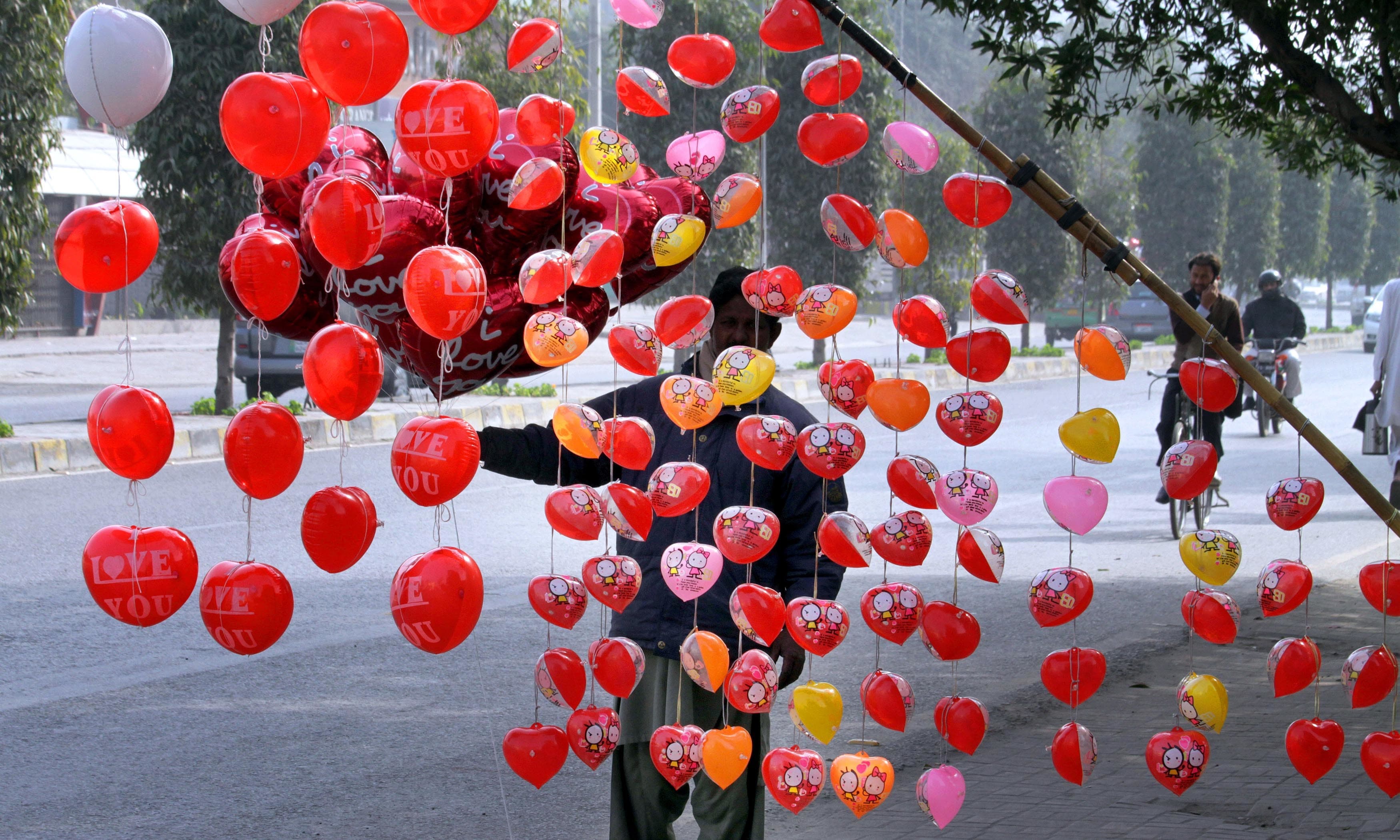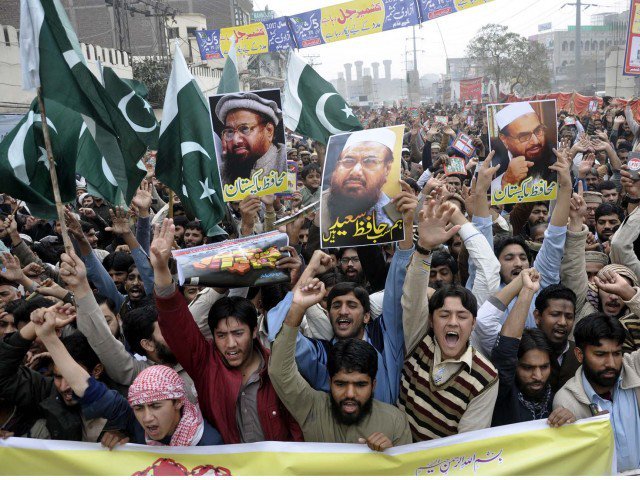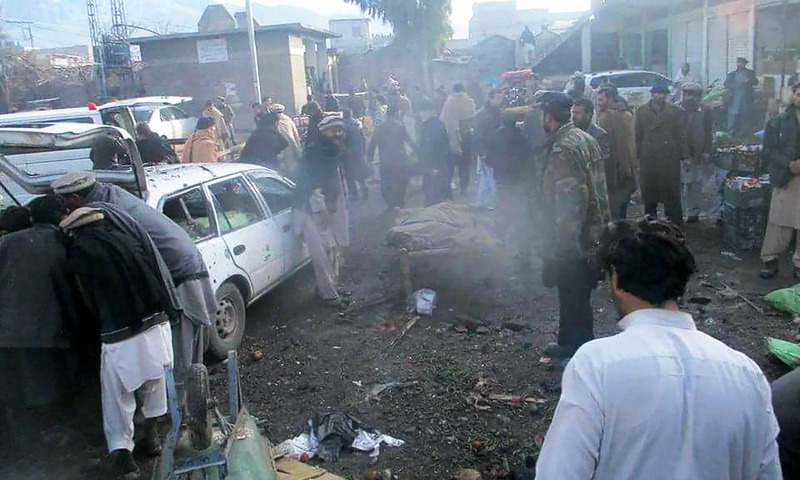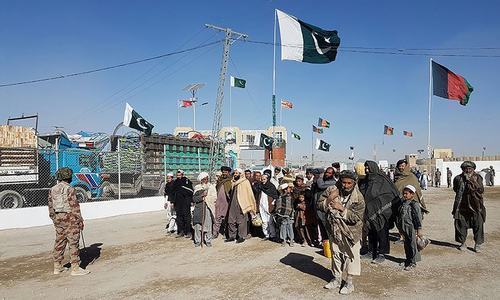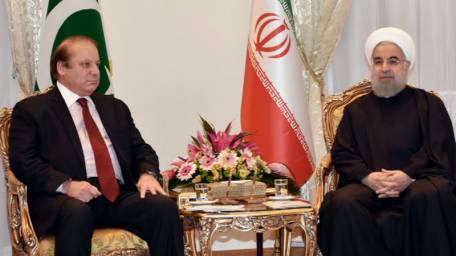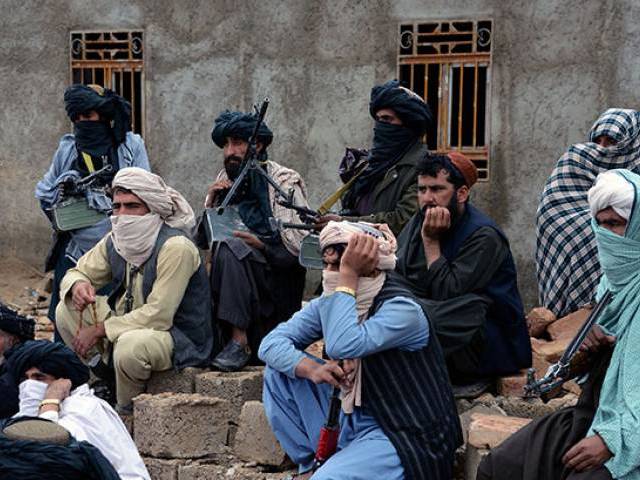CR Analysis
D. Suba Chandran
Professor
International Strategic and Security Studies Programme (ISSSP)
National Institute of Advanced Studies (NIAS), Bangalore
Undoubtedly Jirgas in our part of the world, especially in the Af-Pak cutting across the Durand Line has been a historical phenomenon. Some societies, even consider the jirga process as “cultural”; some even substantiate the process as religious – found mentioned in the hold books to settle issues at the local levels.
They may be historical and even cultural. But do they create a situation for sections of our society and make them an easy target? The specific question in this context is – do the jirga system perpetuate violence against the women? If so, then should we still consider it as a part of historical evolution of our society, and try to justify through culture? Or is it time, that we look beyond the traditional explanations, and call a spade a spade?
Jirga and Gender Violence
Recently in Multan in Pakistan, a jirga had made a decision to sexually assault an young girl by a man, as her brother was believed to have assaulted the man’s sister earlier. This is not the first time such a horror has taken place in Pakistan. Remember the famous case of Mukhtaran Mai, who was assaulted by a group of men, sanctioned again by a jirga?
There have been numerous cases in Punjab, Balochistan and Khyber Paktunkwa. While some of them get reported in the media, many cases go unnoticed. In most of these cases – the script runs the same. Women, especially the girls used as an object or a thing, who could be abused primarily for the mistakes committed by the men.
While the above case has attracted national attention wherein the Chief Minsiter has suspended the local police officer and the Supreme Courts has taken a suomotu notice, the larger issue – jirga and gender violence is unlikely to get resolved. The problem remains elsewhere.
Is Patriarchal Society – the reason for Jirga led Gender Violence?
Of the many explanations for gender violence, a predominant one has been the patriarchal nature of the society. Undoubtedly, the society in our part of the world (South Asia in this context) is patriarchal.
Does the patriarchal nature of the society is a reason for jirgas announcing verdicts that are controversial? If that is the case, why then one does not find a similar system in other parts of South Asia? In terms of statistics and recurrence, the issue is predominantly Pakistan, especially the four main provinces (and not even the two Kashmiri entities controlled by Pakistan).
Why do jirgas wield such a position in Pakistan, leading to such pronouncements?
Is it Cultural?
Is the jirga system predominantly cultural? Few years ago, a Senator from Balochistan defended the killing of three women as a part of Balochi culture and traditions. In this case, the women were shot and burnt alive for insulting the Balochi traditions by supporting a girl to choose a person of his choice outside the community. The decision to brutally assault and murder them was made by a jirga in this case as well. The Senator did not find it as an issue, as he supported the issue in the Parliament!
Among a majority of the Balochis, Pashtuns, Punjabis and Sindhis, Vani is another practice, with widespread acceptance, especially in the rural areas. The practice – again is historical and supported as “cultural” predominantly uses women as commodities to settle an issue between families and communities. Women, in most cases young girls are used as “settlement” solution between the parties. The lucky ones get married to men closer to their ages; but in most cases young girls, who were not even in their teens are married to old men in their sixties and seventies at times. But in neither of the above cases, the women are even consulted.
Worse is the physical abuse suffered by women as a part of the settlement of issues. As the recent case and that of Muktaran Mai would underline, the problem lies deep rooted in the society, and will have to be analysed beyond simpler explanations of patriarchy, history and culture.
The breaking up of Feudal Structure & the Emergence of a Middle Class
While the cases of violence against women highlight the gender violence, perhaps there could be a silver lining as well. The societies that have been discussed above is not only patriarchal, but also feudal.
Perhaps, the recent cases of violence can be seen as breaking down of feudal hierarchy, with lower classes and sections trying to assert themselves. One of the primary reasons for the harsh judgment generally revolves around class domination. Especially when a male from a lower class falls in love with some one from the upper class, it is seen as unacceptable. In certain cases, where the original violence is perceived as a rape or abduction, a probe would reveal that it is a case of two individuals falling in love and getting married outside the family; when the male gets accused of abduction and rape, what follows is not only deliberate undermining of the truth, but also send a strong warning against similar developments.
This is a clear case of an old order losing its hold over the society, and wanting to control it through social terror.
Perhaps, the emergence of a middle class in Pakistan is also playing a role in cornering the feudal hierarchy, thereby forcing them to react to protect their position within. For long, the societies have remained feudal. It is no coincidence that the women from upper classes were hardly a subject of Jirga led gender violence. Though there exists violence against gender even among the elites, as could be seen even from those second generation diaspora settled in UK and Canada, they are not Jirga led.
It’s the State, Stupid
The State should take primary responsibility for the Jirga led violence against women. The State is well aware of the problem and its magnitude, but prefers to ignore it. At times, worse, the State prefers to justify the existence of this institution, as the Balochi Senator did publicly in the Parliament. Especially in rural Pakistan, the members of national and provincial assemblies need the political support of those men who dominate these jirgas. In return, the legislators – both at the national and provincial levels are willing to ignore, or even provide them a legal space!
The Deep State at times find these jirgas useful to carry forward their strategies, for example in KP and FATA. And in return, the State perhaps want to provide them “some space”; perhaps, in their own convoluted logic, violence against women perpetrated by the jirgas are a soft issue. There are other serious security issues, for which the State needs the support of these jirgas.
Finally, the role of judiciary, especially the Supreme Court. While there have been few suo motu references against the jirgas, there has not been uniformity. Perhaps, the judiciary is already burdened with cases of its own.
Whatever may be the reasons – historical, cultural etc for the jirgas to continue their pronouncements perpetrating violence against women, the State should take the responsibility. And, as a civil society, we should stop finding reasons to justify it – whatever may be the reasons.
The above was originally published in Rising Kashmir
